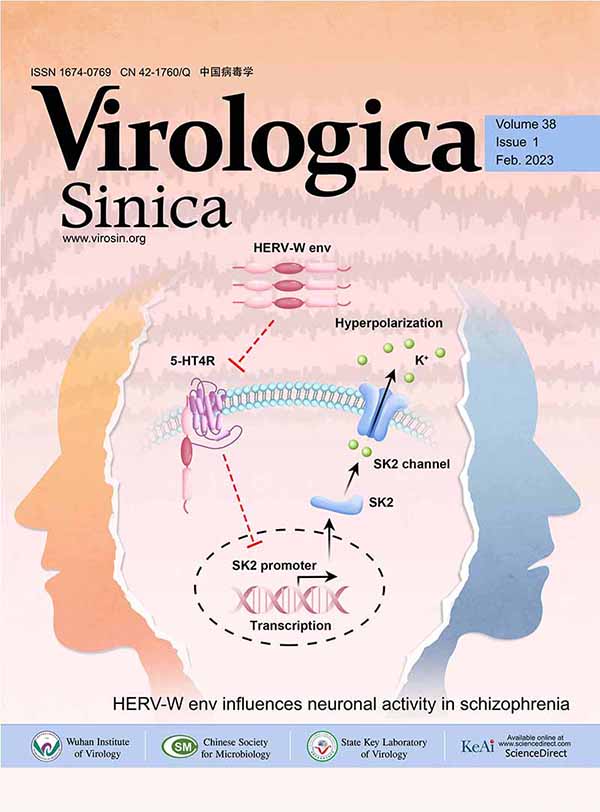Construction and Confirmation of Plasmids Transcripting and Expressing Genes from Avian Influenza Virus H9N2 Subtype
Abstract: Eight full-length cDNAs of H9N2 Avian influenza virus (AIV) genes were amplified and separately cloned into the transcription/expression vector, pHW2000.A total of three genetic tags of silent mutations were introduced into PB2, PB1 and NA genes,respectively. Six 3+5 reassortants were generated by reverse genetics, each containing three genes, HA, NA and any one of the internal genes, from the H9N2 virus, and the remaining five internal genes from A/WSN/33. Thereby, the six transfectants were all designed as H9N2 subtypes. The results showed that influenza A virus could obtain one or more gene segments from another virus which was remotely related, and suggested that the surface genes and a single internal gene were not enough to exhibit host range restriction for the H9N2 virus on COS-1 mammalian cells. The results also showed that each of the eight constructs worked efficiently. This reverse genetics system would be a useful tool for further studies on the structure and function of H9N2 influenza virus gene













 DownLoad:
DownLoad: